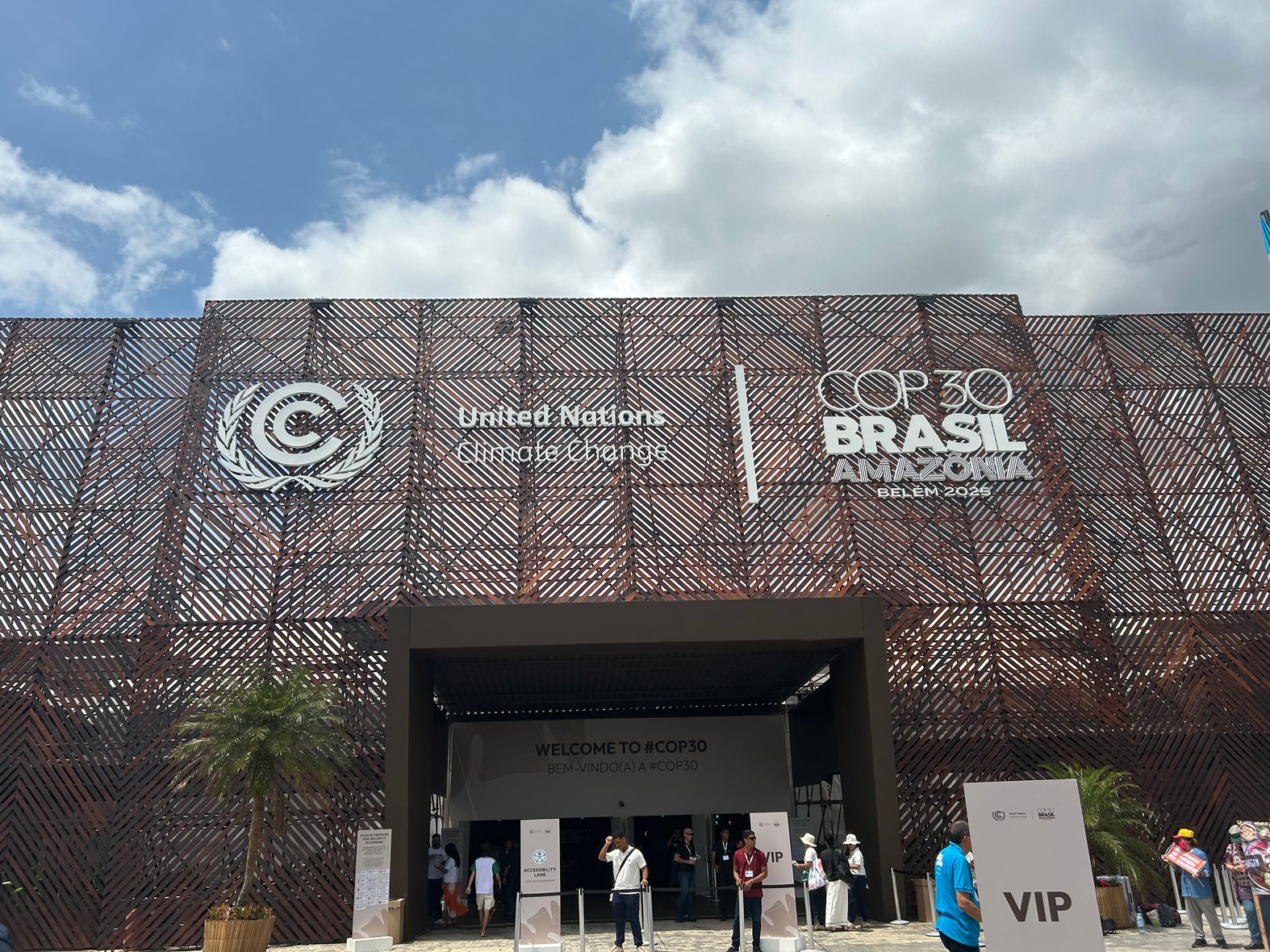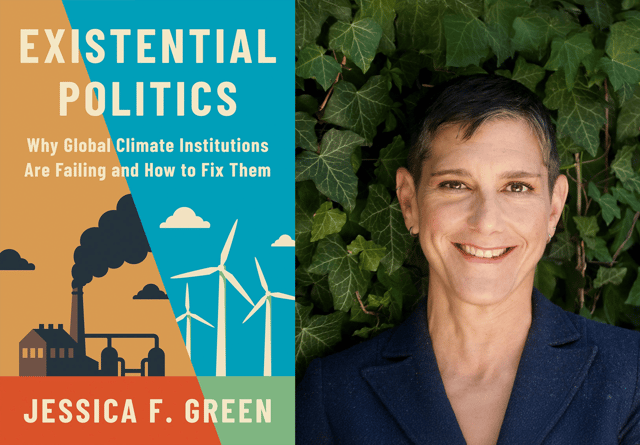
The Amazonian city of Belém is currently hosting negotiators from world governments, campaigners from global NGOs, journalists, protestors, and the world’s largest “sustainable business” trade show at COP30, the 30th annual convening of the signatories to the UN Framework Convention on Climate Change (UNFCCC), known as the Conference of the Parties (COP). Also present are lobbyists for major oil and gas companies like Exxon, Chevron and BP. Some world governments at the conference also represent oil and gas states like Norway, Saudi Arabia, Russia, Australia, Qatar and Canada. The world’s biggest oil and gas producer, the United States (U.S.), however, is absent. The Trump administration has instead sent a delegation comprising 80 government officials to an energy conference in Athens to get European governments to build more gas import infrastructure and import more American gas. Nearly half of Europe’s liquefied natural gas, or LNG, imports already come from the U.S.
COP30 marks ten years since the Paris Agreement was signed. And during these ten years, the U.S., Canada, Australia and Norway—all Global North countries that have bigger legal responsibilities to cut emissions than others under both the UNFCCC and the Paris Agreement —have collectively increased their oil and gas production by 40% according to a new report from the nonprofit Oil Change International.
The report also notes that climate finance from the Global North since 2015 stands at about $280 billion while oil and gas companies fueling the climate crisis and headquartered in the Global North made five times as much in profits during the same time period.
The Brazilian presidency has called COP30 ‘implementation COP’, so climate finance is a big theme. One of the agenda item proposals for the conference was about Article 9.1 of the Paris Agreement which states “Developed country Parties shall provide financial resources to assist developing country Parties with respect to both mitigation and adaptation in continuation of their existing obligations under the Convention.” But on opening day, the agenda was finalized and this item was not included. However, the presidency is currently holding consultations on it and it has the support of the G-77 and China group, which comprises around 134 developing countries and is basically the voice of the Global South at the UN.
The Oil Change International report also lays out some interesting comparisons between oil and gas producing countries. It shows that some West Asian countries have only marginally increased production levels or have decreased them, for example. Between 2015 and 2024, the UAE and Qatar increased production by 1% and Saudi Arabia decreased production by 7%. On the other hand, Australia increased production by 77%, the U.S. by 45%, Canada by 28% and Norway by 7%.
“It is particularly striking that many countries in the Global South, often criticized in the international media as ‘petrostates’, have either kept their production levels steady or even reduced them in recent years. They have done so while being far more dependent on oil and gas revenues and facing greater challenges in diversifying their economies than the largest Global North producers,” the report states.
At COPs, countries like the U.S., Norway, Canada and Australia—be it as part of blocs like the European Union and the Umbrella group or individually—have historically argued for high levels of ambition on mitigation action, in turn attracting criticisms of hypocrisy given that they rely heavily on oil and gas domestically. It remains to be seen what negotiation positions they will take this time around on mitigation considering the U.S. is entirely absent for the first time since the UNFCCC was signed in 1992 and many European countries are facing right-wing backlash to climate action. Net-zero policies are also under serious question in Australia.
What we know already is that Australia, Canada and Norway, alongside other rich countries like Japan and Switzerland are coordinating at COP30. They collectively opposed a call by the G77 for the creation of a Just Transition Mechanism, which would coordinate finance, technology and capacity-building activities needed to ensure an equitable energy transition away from fossil fuels, according to a report by the nonprofit Third World Network.
Both Norway and Australia have submitted the third round of Nationally Determined Contributions (NDCs) which are climate action plans under the Paris Agreement. Both outline seemingly ambitious emission cuts of about 70% from a given baseline year. However, neither NDC contains explicit mentions of reducing fossil fuel production. Canada’s latest NDC also leaves out production cuts while promising to cut emissions by about half.
Meanwhile, the International Energy Agency released the 2025 edition of its flagship World Energy Outlook report today, projecting that oil and coal demand are on track to peak by 2030, and gas by 2035, driven by the exponential growth of renewable energy.


